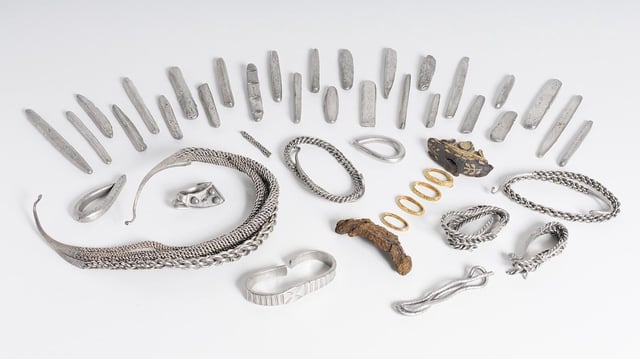Overview
- A peer-reviewed 2025 Archaeometry study by Kershaw et al. applied lead isotope and trace element analyses to silver ingots and jewelry from the Bedale hoard.
- Nine of the hoard’s 29 silver ingots, weighing a combined 715 grams (equivalent to roughly 240 dirhams), match the geochemical signature of Abbasid Caliphate silver.
- The findings offer the first concrete provenance evidence that Middle Eastern silver reached Viking-Age England through eastern trade corridors via Russia and Scandinavia.
- Metallurgical data reveal Viking metalworkers locally cut, melted, refined and recast diverse silver sources into a weight-based bullion economy.
- The quantified eastern silver component is comparable to all previously recorded dirhams in England, underscoring the scale of long-distance Viking commerce.

